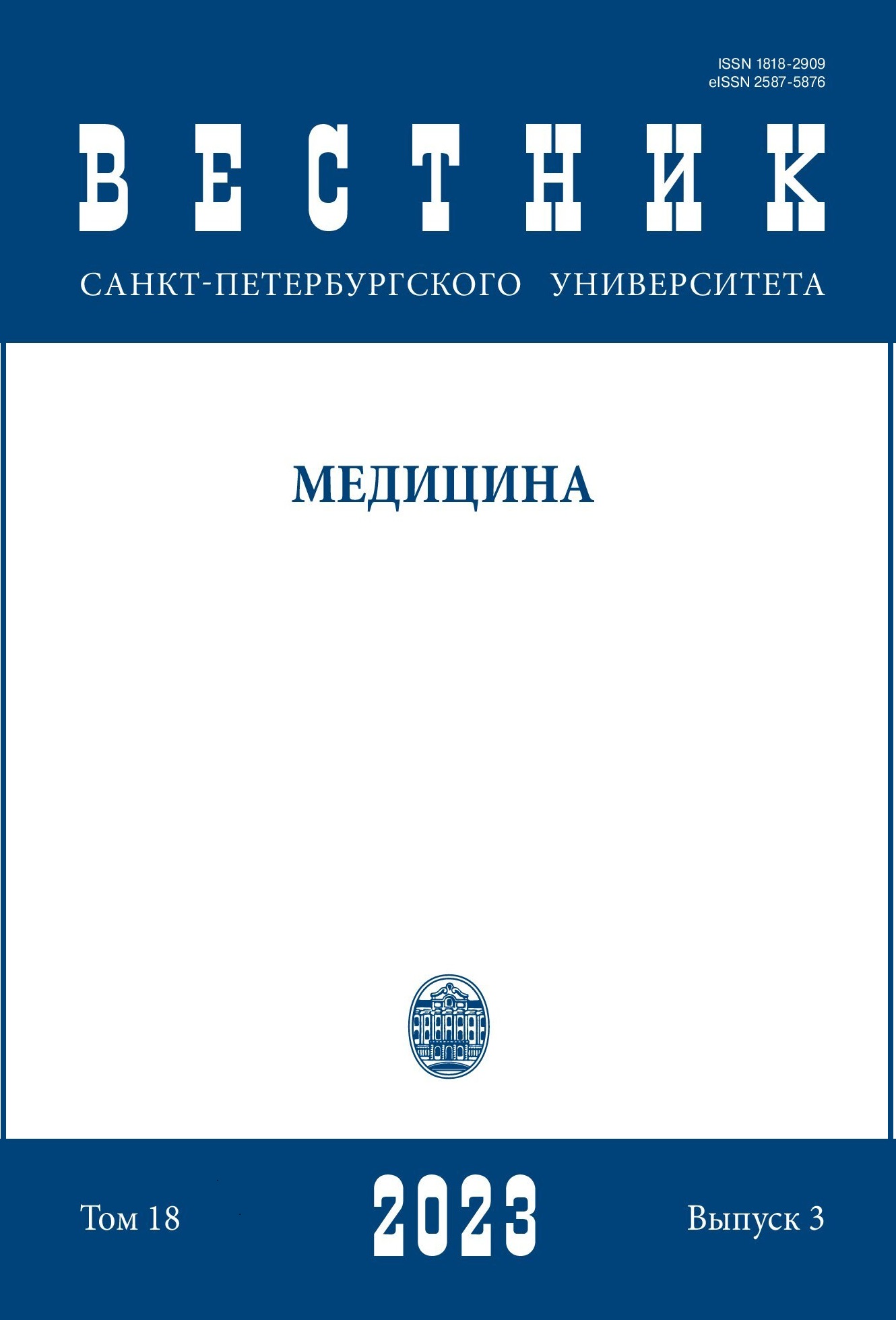Problems of allogenic hematopoietic stem cell transplantation
DOI:
https://doi.org/10.21638/10.21638/spbu11.2023.306Abstract
Allogeneic hematopoietic stem cell transplantation (allo-HSCT) is an effective treatment for many malignant and non-malignant diseases of the blood system. With an existing need of five thousand HSCT per year, about two thousand are performed, therefore, not all those in need receive this type of treatment. The purpose of the study is to study the main problems of allogeneic hematopoietic stem cell transplantation, to identify risk factors, frequency of occurrence and impact on the outcome of allo-HSCT of key post-transplant complications. A large number of nationalities and ethnic groups live in the country, characterized by a
unique distribution and frequency of HLA alleles, which led to the formation of a specific allelic polymorphism of HLA genes, characteristic only for residents of Russia. In this regard, about 25 % of patients do not have a compatible donor in the world. Graft failure is a group of complications characterized by two- or three-lineage cytopenia in combination with bone marrow hypo-/aplasia and is a major cause that impairs patients short-term survival rates after allo-HSCT and affects an average of 40 % of all recipients. The study confirms the need to replenish the Federal Register with new hematopoietic stem cell (HSC) donors, which
will increase the likelihood of finding a compatible HSC donor for the recipient with a nondisseminated
HLA genotype.
Keywords:
hematopoietic stem cell transplantation, polymorphism, HLA-alleles, graft failure, graft-versus-host disease, infectious complications, donor, recipient, survival
Downloads
References
References
Downloads
Published
How to Cite
Issue
Section
License
Articles of "Vestnik of Saint Petersburg University. Medicine" are open access distributed under the terms of the License Agreement with Saint Petersburg State University, which permits to the authors unrestricted distribution and self-archiving free of charge.




